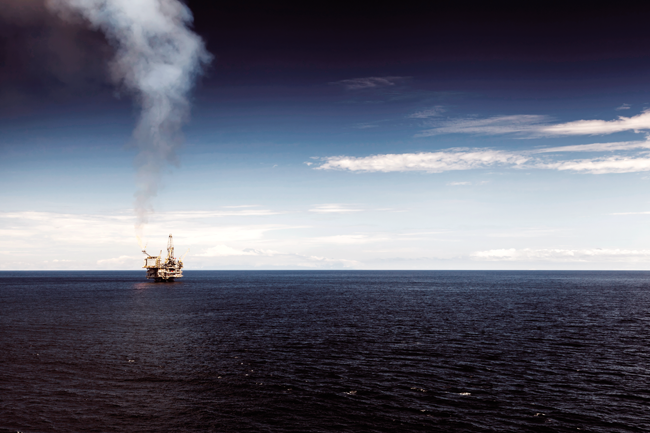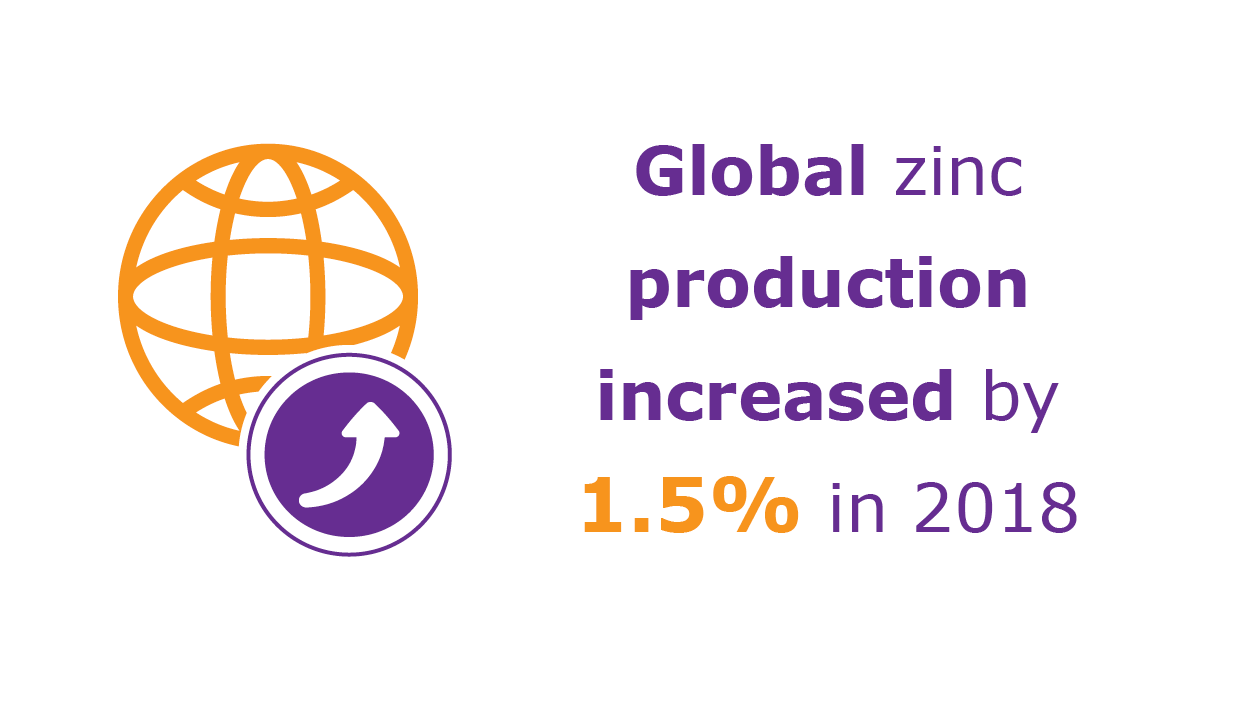This is the golden age of gas. The US Energy Information Administration (EIA) believes the use of natural gas will rise 50% by 2035, and they are not alone. Energy supermajor Shell makes its corporate longer-term plans based on projections that show ‘global gas demand to grow by 60% from 2010 to 2030 … making it 25% of total primary energy mix’.
Natural gas has many advantages. It is a low-carbon option in comparison to other hydrocarbons, is 30% more energy efficient than oil, and gas-fired power stations are cheaper to build than any alternative.
The African continent is awash with newly discovered and, until recently, unused gas resources. Mozambique is developing one of the world’s biggest recent gas discoveries, estimated at 60 trillion cubic feet (Tcf).
Just to the north, Tanzania’s reserves are estimated at about 50.5 Tcf, prompting Norwegian energy company Statoil to describe the fields as ‘the biggest discovery made outside Norway by Statoil’. The Norwegian fields hold approximately 450 Tcf and are the largest ever discovered.
As demonstrated by falling electricity prices in the US – following the massive expansion of the shale gas industry in that country – the best possible use of natural gas is the generation of base-load electricity. This is how it is being used all over Africa, with gas-fired base load stations currently under construction in Mozambique, Namibia, Tanzania, Ghana and Nigeria. In South Africa, however, the potential of natural gas is all but ignored.
A 2013 report, used by the US Congress and modelled by the EIA, found that the capital costs of gas-fired electricity generating plants were about one quarter of the costs of the second-cheapest option (onshore wind). While these are indeed US figures and refer mostly to that county’s shale gas industry, recent developments across Africa show that, in terms of capital costs, gas is the cheapest option on that continent too.
Nigeria and Angola are notorious for failing to fully utilise the gas extracted. Much of it is simply burned as waste – ‘flared off’, as the industry puts it – or pumped back into wells to maintain pressures. In fact Nigeria, which has one of the world’s top 10 largest gas reserves (183 Tcf), was only the 25th largest gas producer globally in 2013.
The problem has always been that Nigerian and Angolan gas is ‘stranded’ – too far from major markets in Europe and North America to be piped there. Jan Willem Eggink, head of Shell Upstream in South Africa, is of the opinion that, as a rule of thumb, gas pipelines of over 2 500 km are simply not viable.
There are two possible solutions to the conundrum: turn the product into liquefied natural gas (LNG) and transport it to market by ship, or use it to generate power locally.
Angola finished building its first LNG plant at Soyo in mid-2013 only to lose its anticipated market, the US, when the latter became a net gas exporter at around the same time. Angola is now desperately hunting for LNG markets. The first shipment from Soyo went to Brazil, which as a major producer itself, cannot be expected to provide a long-term market. The opportunity for an industrialised and energy-strapped economy, like that of near-neighbour South Africa, is obvious.
Mozambique is also building an LNG plant, destined to be the world’s second largest with an eventual capacity of 50 million tons/year. Eggink suggests that an obvious course of action for South Africa would be to become ‘an early mover’ in Mozambique and secure some of that supply for electricity generation when it comes on-stream in 2018.
The second solution to the stranded gas problem is to build gas-fired power stations. Ghana, which possesses the huge Jubilee oil and gas field (150 Tcf), has gone this route, making full use of private-sector resources in the process. A second plant, complementing the relatively small open-cycle power station at Tema (126 MW), reached financial closure in 2014. Two South African firms are centrally involved, with Rand Merchant Bank having been the ‘lead arranger’ of the US$900 million needed to build the plant and Group Five the main construction company.
Natural gas is a low-carbon option, is 30% more energy efficient than oil, and gas-fired power stations are cheaper to build
Another virtue of gas is illustrated by the second Tema power station. Gas-fired plants of this size can be built virtually off-the-shelf and very rapidly. Tema is scheduled to come on-stream in three years.
Nigeria has also roped in the private sector. The country has a rolling gas master plan, first introduced in 2008, to address the issue of how to monetise the country’s stranded gas reserves. It has combined the selling off and refurbishment of older plants with the construction of several new gas-fired power stations, all conducted in joint ventures between the local private sector and international companies.
The 2013 version of Nigeria’s gas master plan anticipates nearly 5 000 MW capacity coming on-stream by the end of 2015.
Taking advantage of their gas wealth, Tanzania and Mozambique are also building power stations. In 2014, Tanzania gave the go-ahead of the third and largest plant (600 MW) at Kinyerezi near the capital Dar es Salaam. The 240 MW Kinyerezi II is expected to come on-stream in early 2015, which will allow Tanzania to export electricity to Kenya.
Mozambique inaugurated a 160 MW plant at Ressano Garcia in 2014, in partnership with South African energy company Sasol. Meanwhile, a 110 MW plant is being constructed with Japanese finance in Maputo to secure electricity supply in the capital.
In South Africa, the Democratic Alliance shadow minister for energy, Lance Greyling, argues that a massive opportunity is being missed. He questions why the government continues to toy with the nuclear alternative while stonewalling the obvious gas solution.
‘I’d keep going with the renewables and introduce gas into the mix. One of the great things about gas is that development can be incremental’
In a little-reported announcement on 17 December 2014 – the day after a public holiday and squarely within the country’s holiday shut-down period – the presidency announced that it had embarked a procure-ment process for 9 600 MW of nuclear power.
Greyling points out that the country has failed to update its 2011 20-year energy plan. A revised strategy, which emphasises gas and renewables, has been drafted but was turned down by Cabinet. Nor has the country’s gas master plan been finalised. In fact, the potential of gas for electricity generation has received such a cold shoulder that South Africa’s Department of Energy simply doesn’t mention it. The department’s website states that ‘natural gas [is] used solely as a feedstock for the production of synthetic fuels’.
Eggink also sees gas as an integral aspect of the solution to South Africa’s energy woes. Regarding what he thinks the next step towards restoring energy security should be, Eggink says: ‘The first steps should involve liquefied natural gas from either Angola or Mozambique. My suggestion would be to construct decanting plants at one or more of the developing ports – Saldanha Bay, Coega or Richards Bay. If South Africa was to decide to import LNG, it could be ready within three years. If I was government, I would keep going with the renewables and introduce gas into the mix.
‘One of the great things about gas is that development can be incremental. If shale gas comes on-stream – and we don’t even know if we have a commercial resource in the Karoo yet – it could be fed much more easily into the system as one more component of a modular approach,’ he says.
There is already a South African exemplar to show what can be done. In July 2013, South African energy company Sasol announced that it had completed the country’s first gas-fired power station, a 140 MW facility, in its home town of Sasolburg.
At a cost of ZAR1.9 billion, the plant was completed in 15 months and provides enough electricity to supply a city the size of Bloemfontein, which is approximately 330 km2. It uses gas piped in from Mozambique’s older, more established Pande gas field, and originally used feedstock for Sasol’s core business of extracting oil and chemicals from hydrocarbons.
At ZAR13.5 million/MW, the unit cost of electricity from the Sasol plant is less than half the rate that will need to be charged to cover costs at Eskom’s gigantic and much-delayed Medupi coal-fired plant in Limpopo – a substantial ZAR31 million/MW.
Collectively, gas feedstock, small plants and private-sector leadership make a seemingly unassailable case as the medium-term solution to South Africa’s energy security issues. That is in line with the international best practice and developments elsewhere in Africa.






